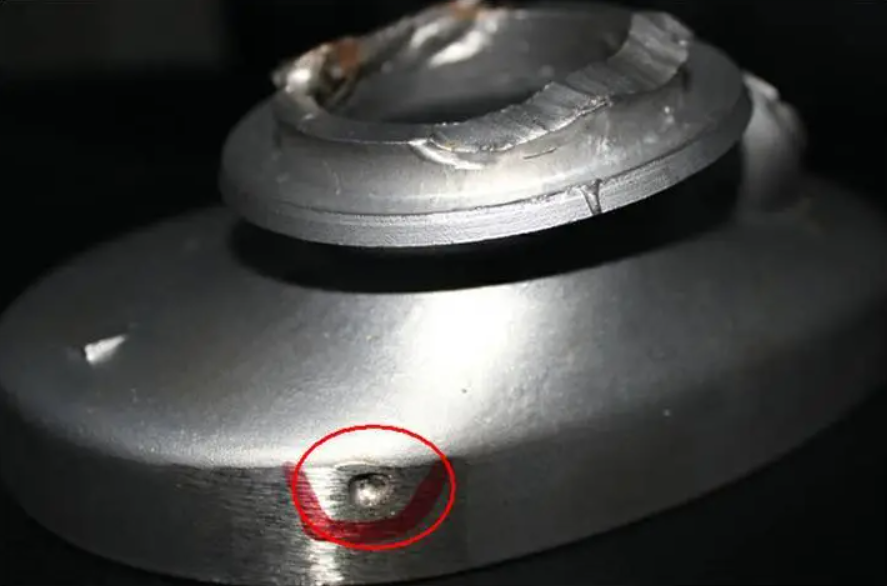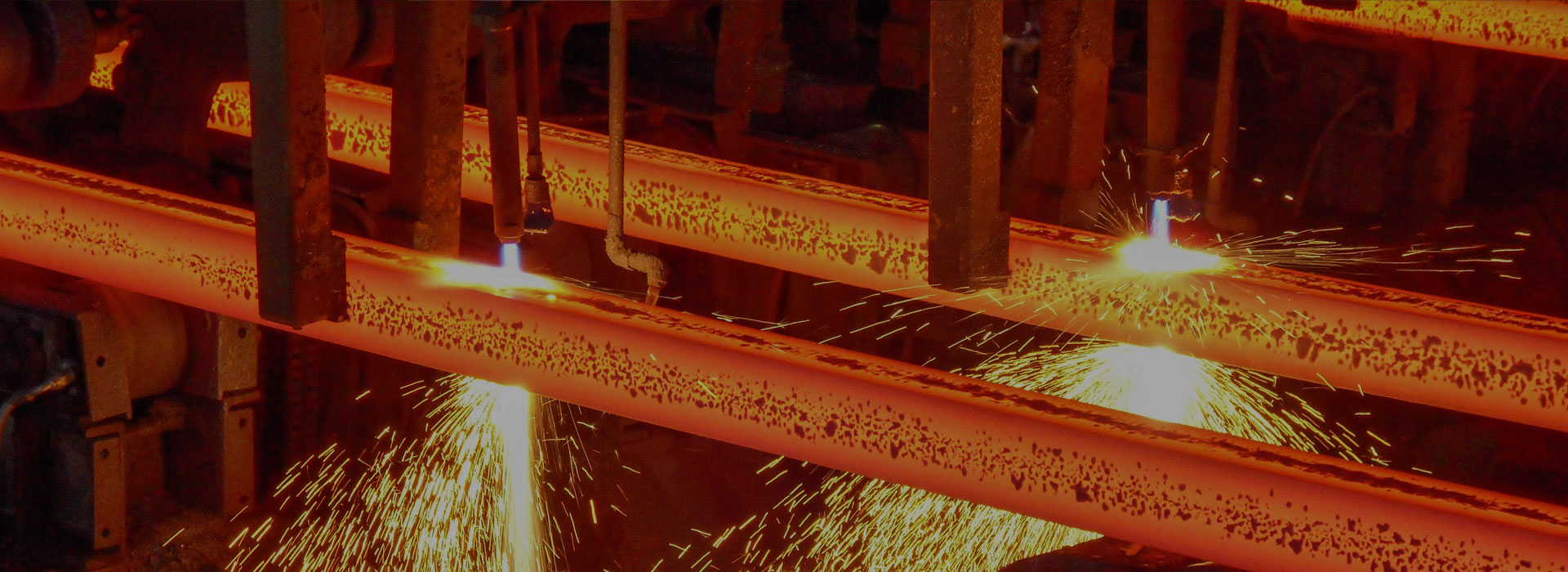Welding Defects of Iron Castings
2023-08-30
Iron castings are widely used in various industries due to their excellent mechanical properties and high durability. However, during the welding process, several defects can occur, affecting the quality and integrity of the castings. In this article, we will discuss some common welding defects of iron castings and their causes.
1. Porosity: Porosity is one of the most common defects found in welded iron castings. It appears as small holes or voids in the weld metal. Porosity is caused by the presence of gases, such as hydrogen and nitrogen, in the molten metal. These gases can be trapped during the solidification process, leading to the formation of porosity. To prevent porosity, it is crucial to ensure proper cleaning and degassing of the base metal before welding.
2. Cracks: Cracks can occur in welded iron castings due to various reasons, such as high welding stresses, improper cooling, or inadequate preheating. Cracks can be classified into two types: hot cracks and cold cracks. Hot cracks occur during solidification when the weld metal is still in a semi-solid state. Cold cracks, on the other hand, appear after the weld has cooled down. To prevent cracks, it is essential to control the cooling rate, use proper welding techniques, and preheat the casting adequately.
3. Incomplete fusion: Incomplete fusion refers to the failure of the weld metal to fuse completely with the base metal. This defect can occur when there is insufficient heat input or poor weld pool control. Incomplete fusion weakens the weld joint and reduces its load-carrying capacity. To avoid this defect, it is important to ensure proper heat input, use suitable welding parameters, and maintain good weld pool control.
4. Undercutting: Undercutting is a defect characterized by the formation of grooves or depressions along the weld toe. It is caused by excessive heat input or improper welding technique. Undercutting can weaken the weld joint and increase the risk of failure. To prevent undercutting, it is necessary to control the heat input, use appropriate welding techniques, and maintain proper electrode angle and travel speed.
5. Distortion: Distortion refers to the deformation or warping of the iron casting during the welding process. It occurs due to the non-uniform heating and cooling of the casting. Distortion can affect the dimensional accuracy and fitment of the casting. To minimize distortion, it is important to use proper welding techniques, control the heat input, and employ suitable fixturing or clamping methods.
In conclusion, welding defects can significantly impact the quality and performance of iron castings. It is crucial to understand the causes of these defects and take appropriate measures to prevent them. By ensuring proper cleaning, degassing, preheating, and using suitable welding techniques, the welding defects in iron castings can be minimized, resulting in high-quality and reliable weld joints.




